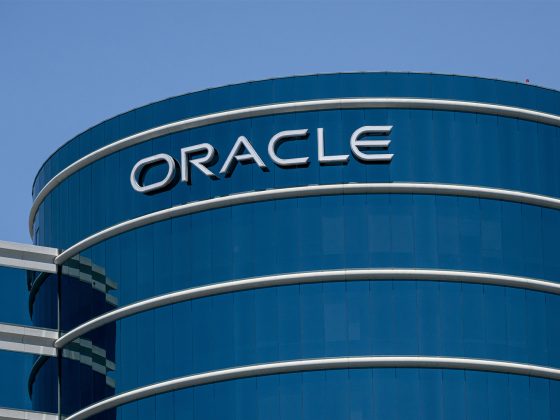In the current digital world, cloud computing has become the backbone of many enterprises as it provides unmatched cost-effectiveness, scalability, and flexibility.
Cloud adoption and migration have become essential priorities for forward-thinking organisations in today’s fast-changing business world. Businesses are quickly migrating their workloads to the cloud to take advantage of these digital technologies as digital transformation takes centre stage. There are a lot of factors to consider and this Svitla tutorial offers an overview, which you may see here: https://svitla.com/blog/cloud-architecture-explained.
From our partners:
Here are some steps you can take to make sure your company follows the recommended procedures for your cloud architecture:
Zero Trust Architecture
The tenet “never trust, always verify” guides the operations of a zero-trust architecture. Whether a person or device is inside or outside the network perimeter, this approach necessitates thorough identity verification before granting access to resources on a private network.
Identity and Access Management (IAM) is the first step in implementing a Zero Trust Architecture. Businesses may make sure that only authorised users have access to vital data and apps by using IAM solutions. By adding an additional layer of protection, multi-factor authentication (MFA) considerably increases the difficulty for unauthorised individuals to obtain access. Security is further strengthened by least privilege access, which gives users the minimal amount of access required to carry out their job duties.
Advanced Response and Detection of Threats
Advanced threat detection and response capabilities are essential for robust cloud architecture in order to promptly detect and address possible security breaches.
By installing intrusion prevention and detection systems (IDS and IPS), network traffic may be watched for unusual behaviour and automatically acted upon to stop breaches. Solutions for Security Information and Event Management (SIEM) gather, examine, and disseminate security-related data from all areas of the IT infrastructure. This allows for quick incident response and real-time threat visibility.
All-inclusive Data Encryption
Ensuring data integrity and safeguarding confidential information from unwanted access depend heavily on data encryption. Every step of a solid cloud architecture has to use encryption.
Information is safeguarded during transmission across networks and storage by encrypting it both in transit and at rest. Encryption key management and the use of robust protocols are fundamental procedures. Another essential element is end-to-end encryption, which safeguards data at every stage of its existence, from production to consumption.
Continuous Monitoring and Education
Employee education about cybersecurity best practices and ongoing monitoring are necessary to ensure the security of a cloud infrastructure.
Automated monitoring technologies assist find misconfigurations and guarantee compliance with industry standards by regularly evaluating cloud setups, compliance, and vulnerabilities. Conducting routine security audits and assessments is crucial in detecting any weaknesses and guaranteeing adherence to security protocols.
It is not merely technically necessary, but also strategically vital, to include these best practices into your cloud architecture. As seen by the most recent global IT outage, interruptions can seriously harm and even bankrupt your company’s operations. Protecting your cloud infrastructure and guaranteeing business continuity and resilience in the face of unanticipated catastrophes need a proactive strategy.
For enquiries, product placements, sponsorships, and collaborations, connect with us at [email protected]. We'd love to hear from you!
Our humans need coffee too! Your support is highly appreciated, thank you!





